MG Astor Review: First Drive
The MG Astor's understated appearance may not bowl you over at first, but it could very well be, as our first impressions suggest, the proverbial dark horse of the segment. Check out the full review to know more.
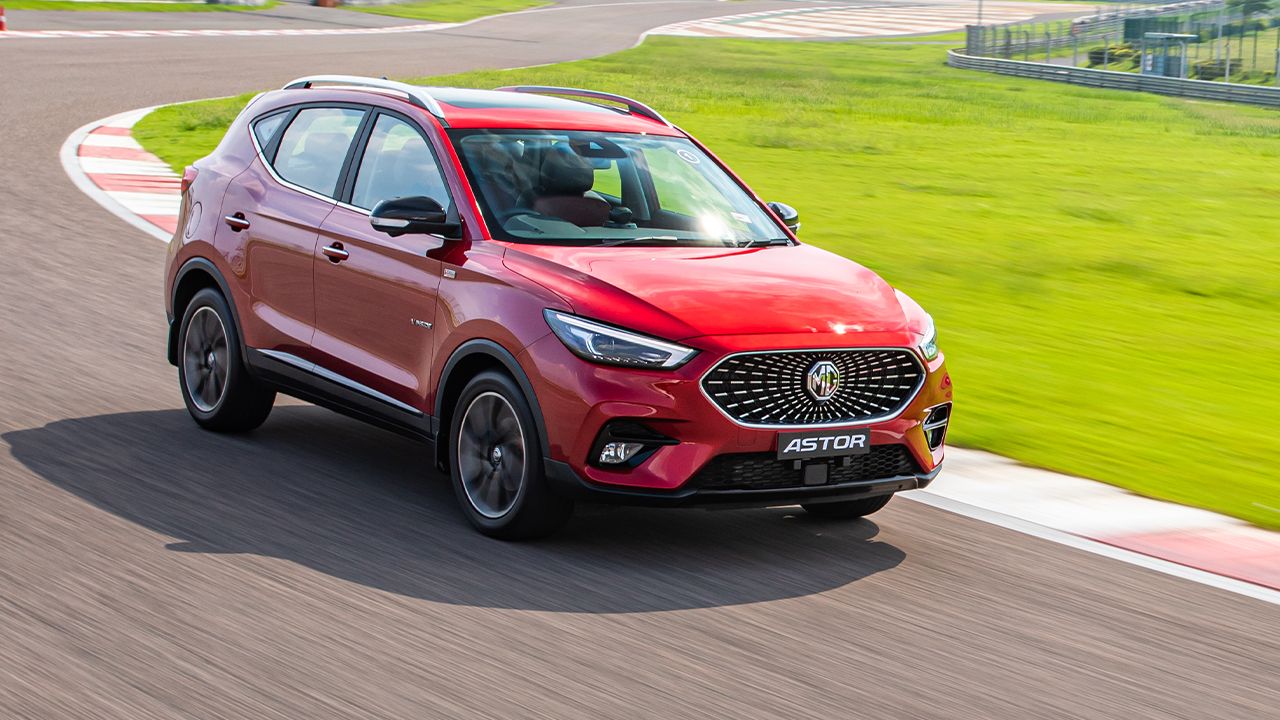
The MG Astor's understated appearance may not bowl you over at first, but it could very well be, as our first impressions suggest, the proverbial dark horse of the segment.
If you thought choosing the right COVID-19 vaccine for yourself was a task, spare a moment for those who’re currently scratching their heads to pick a mid-size SUV. It’s a much bigger conundrum if you ask me. The options you have are virtually endless. The list starts with the established Koreans – Hyundai Creta and Kia Seltos – and, in all honesty, it’s quite difficult to look past this duo. But let’s assume you do. The next obvious stop is the German/Czech pair of Volkswagen Taigun and Skoda Kushaq. These are brilliant cars in their own right and, again, very hard to ignore.
If you don’t mind a little bit of cross-segment shopping, you’ve also got the likes of the new Mahindra XUV700, MG Hector, Tata Harrier, et al, waiting to woo you with their big SUV-like flex. All in all, you’re spoilt for choice. Albeit, it might not necessarily be a good thing in this case because all of the aforementioned contenders are well-rounded products, so it just adds up to the confusion.
Now, making life all the more difficult for mid-size SUV buyers is MG Motors with the all-new Astor. Compared to its rivals, the MG Astor made its debut with relatively less fanfare. But that’s no reason to take it lightly. If anything, the Astor is a dark horse in the running and after taking it for a quick spin, we believe it definitely has a lot of promise.
Sharp Cookie
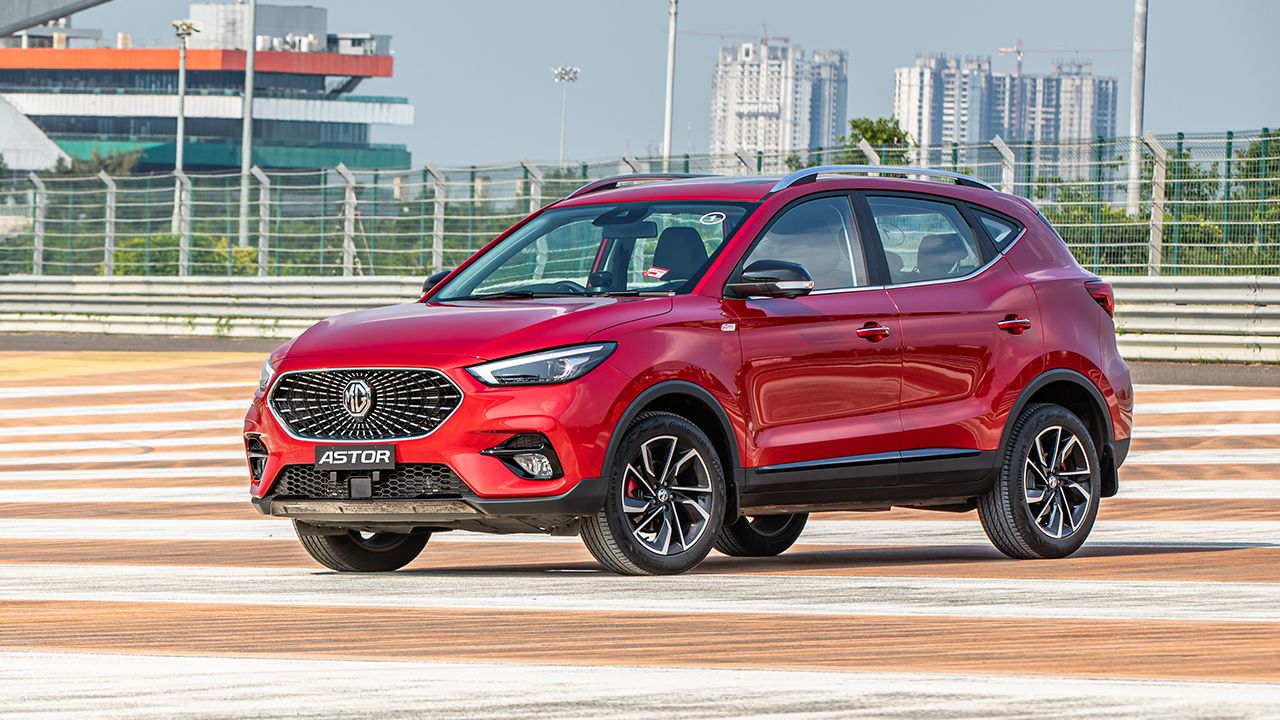
The Astor is basically the petrol-powered version of the ZS EV that’s on sale in India. But this is the facelifted version that’s currently on sale in the global markets. It doesn't take a genius to figure out that the Astor is a ZS in a fancy frock – the silhouette and overall shape is quite similar. That said, it looks quite stylish and appealing. Unlike its bigger brother, the Hector, which is all bling and has a love-it-or-hate-it design, the Astor’s design is inoffensive and easy on the eyes. It’s been designed to mature European tastes, you can tell.
Mind you, I’m not saying it’s dull. Some design elements rather pop out beautifully. The ‘celestial’ chrome grille, hawk-eye LED headlamps, 17-inch turbine-inspired dual-tone alloy wheels, and a neat rear end with smart LED tail-lamps, all give it a premium look. The paint quality is really impressive, too.
On the whole, the Astor is smart and contemporary, but it doesn’t have the macho appeal of some of the other pseudo-SUVs in its segment. Although it's wider and longer than the Creta, it looks quite compact. That’s also down to the fact that it has a smaller wheelbase than the Creta. All told, the Astor’s outer appearance is likeable, and I think it’ll age gracefully.
Quality Stuff
It’s the interior of the Astor where MG has pulled out all the stops. The touch-and-feel of components, consistent panel gaps, and the quality of materials used – everything here probably sets new benchmarks. I say probably because I want to give its rivals some benefit of the doubt! Whether it’s the soft-touch dashboard, Sangria red-and-black upholstery with contrast stitching, perforated flat-bottom steering wheel, beautifully crafted seats, or the premium roof-liner, the Astor’s cabin has taken the game forward in terms of quality and fit-and-finish.
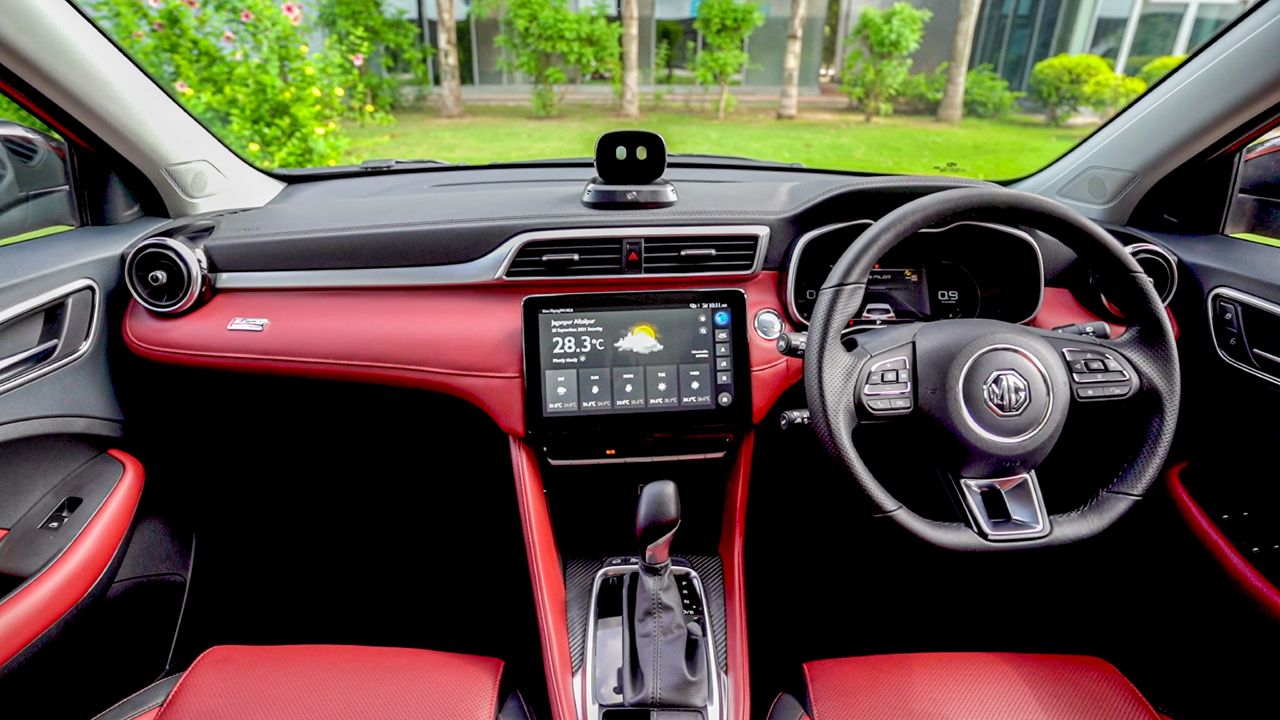
If you’re a tech geek, you’ll love the Astor’s cabin even more. It’s packed with features in typical MG fashion. The top-of-the-line version on test here was equipped with a 10.1-inch HD touchscreen with Android Auto and Apple CarPlay connectivity – although these aren’t wireless; 6-way electrically-adjustable driver seat, a huge panoramic sunroof, 360-degree camera, heated ORVMs (first-in-segment), and a 7-inch fully-digital instrument cluster among others. The display is crisp and the user interface isn’t cheesy or over-the-top if you’re wondering. You can control almost all the features from the screen, but fortunately, there are physical buttons for volume settings, climate controls, fan speed, and more. It’s a smart cabin and it’s quite appealing. That said, the 360-degree camera's quality is hopeless. It’s like you’ve gone back in the days of VGA definition from the early 2000s – the resolution is really bad and looks cheap. If there’s any other complaint, it’s that the Astor doesn’t have ventilated seats. That’s a big miss in an otherwise premium cabin.
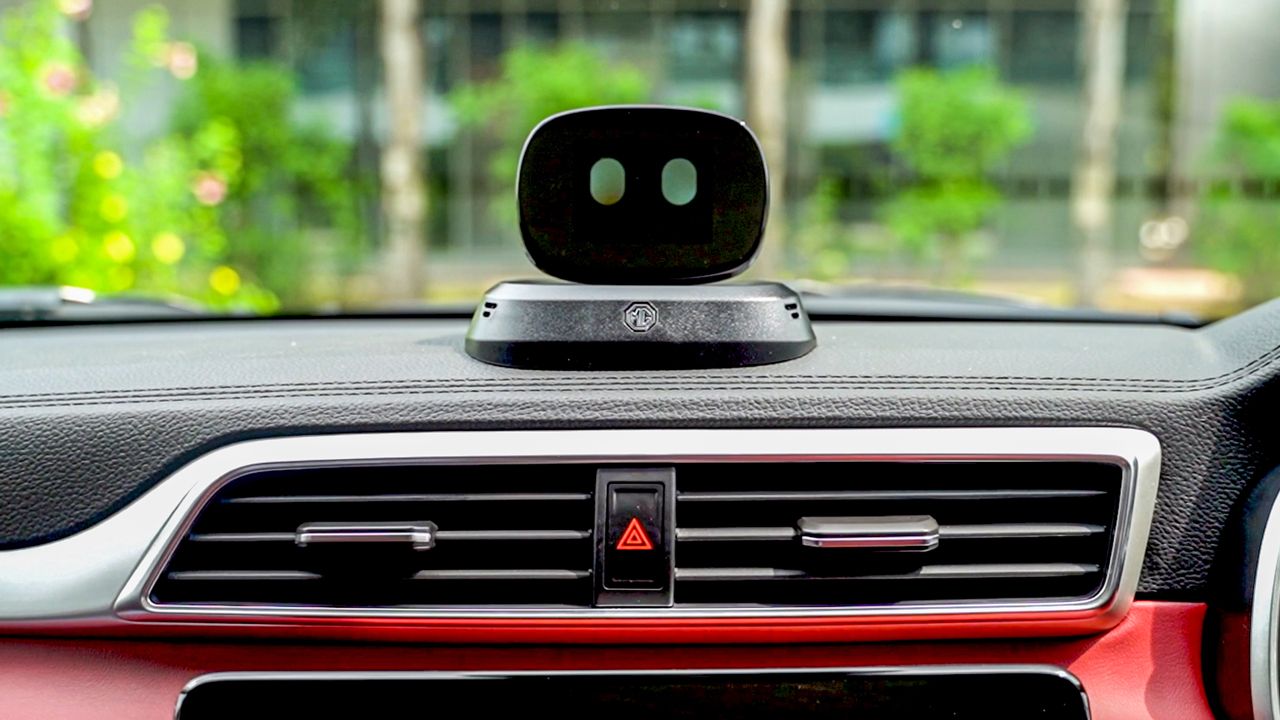
The main highlight of the Astor's cabin has to be the mini Robo that sits on top of the dashboard with creepy eyes. It’s a cool AI feature – you can speak to it, it can wink-and-blink at you, tell jokes, and give you information on virtually everything. Usual commands for in-car features can also be routed through AI. An interesting feature for sure, but I have got a feeling that you’ll quickly grow out of this after 5-6 months of ownership. For me, the actual cool, and convenient feature, is the Bluetooth key. You can access your Astor, and even drive it, without having to bother with the physical key. Since it doesn’t depend on cellular network/internet, it’s functional everywhere (basement, remote areas, et al.)
Space and comfort-wise, the Astor is quite impressive. The seat squab at the back is cushy and there’s enough room for three adults to sit in comfort. The transmission hump is low and you get rear AC vents as well as 2 USB ports. It doesn’t feel as roomy as the Creta though, but it’s definitely more spacious than the Taigun and Kushaq. MG hasn’t revealed the boot space at the moment, but the Australia-spec version, which is the same car with the same engine options and identical dimensions, suggests that it’s 359 litres. That makes it the smallest boot of the bunch, which was quite evident when we checked it out in person. The high loading lip doesn’t make it very convenient either.
Free & Easy
A racetrack and a family SUV definitely may make strange bedfellows, but that’s what happened at the Astor media drive as we only got to experience it at the Buddh International Circuit (BIC). The Astor is available only in petrol options – a naturally-aspirated 1.5-litre engine available with a 5-speed manual or CVT automatic, and a 1.3-litre turbo three-cylinder paired exclusively to a 6-speed torque converter. Since the turbo motor sits at the top of the range, it was the one that we got to drive.
Even though we didn’t get enough time with the Astor, initial impressions were hugely promising. The engine is supremely refined and it’s quite responsive at low revs. There’s no sudden turbo kick as the power delivery is nonchalant and linear. Performance is more than adequate as we could easily clock 160km/h on the back straight. The 6-speed gearbox – which is sourced from Aisin – is tuned for comfort though. It’s smooth shifting, but a bit slow, especially in kick-down as it takes its own sweet time to drop gears. Unlike the turbo automatic versions of the Creta/Seltos or Taigun/Kushaq 1.5, the Astor is an easy rider. Its drivetrain doesn’t have the get-up-and-go attitude of its rivals. At the same time, you can say that it's an effortless engine/gearbox – something that you’ll appreciate more in daily driving than racetracks.
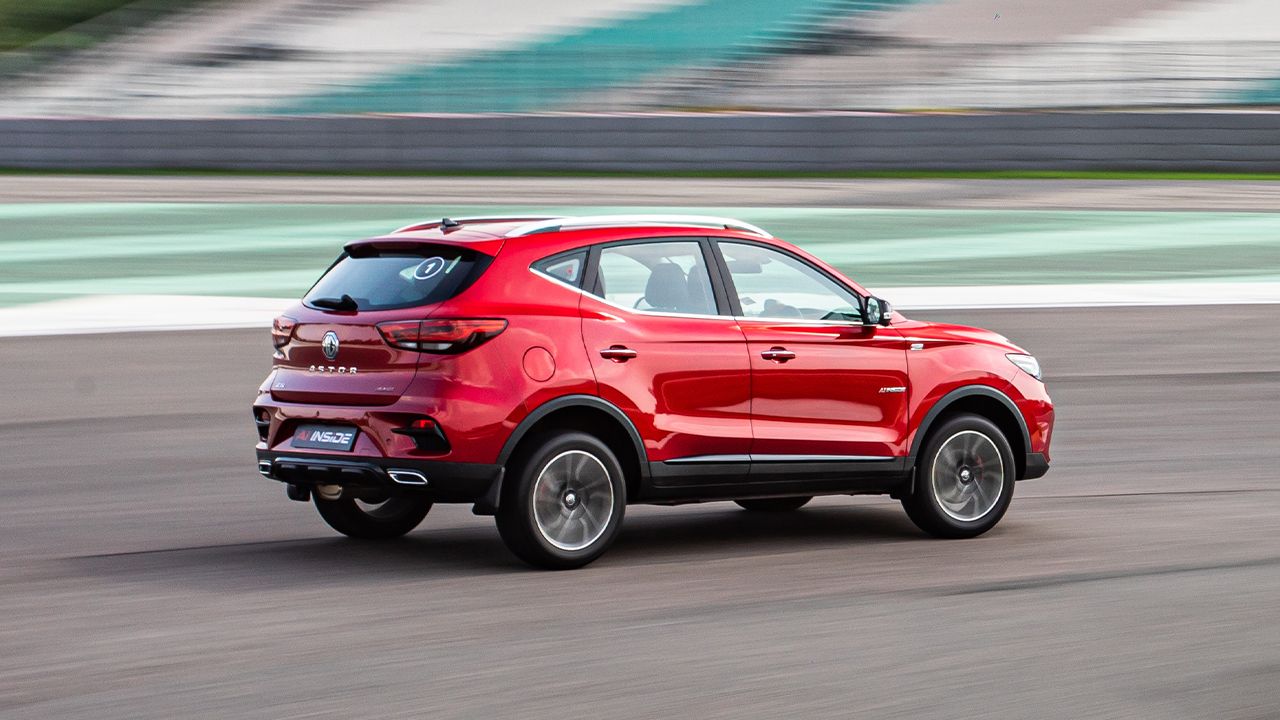
The Astor’s driving dynamics are, thankfully, more car-like. Unlike the Hector, which rolls and pitches around corners like a big teddy, the Astor is more balanced as the handling is quite neutral. It’s softly-sprung, of course, but it is surprisingly well-behaved and planted around bends. The steering, for a change in an MG, has a decent feel and feedback. It has three modes – Normal, Urban, and Dynamic. In Urban mode, it’s featherlight (nearly dead), but it weighs up and has some heft in Dynamic mode. At high speeds, the Astor feels confident and stable. The braking performance is more than decent – it has disc brakes on all four corners. However, you’ll notice the tail squirming when you stomp on the brake pedal at high triple-digit speeds.
As you might know, BIC is the last thing to check a car’s comfort and ride quality. But despite having limited time with the car, it was pretty evident that the suspension is tuned for comfort. Going over kerbs during the track session suggested that the ride is pretty supple at high speeds. At low speeds, it was even better. The Astor glides over speed breakers and rough roads without any fuss. For everyday driving, we reckon it’ll be a comfortable companion.
The Astor’s top trims will be equipped with Level 2 ADAS systems. These include lane keep assist, lane departure warning, blind-spot detection, rear-cross traffic alert, adaptive cruise control, automatic emergency braking, speed assist systems, and the works. We got to experience some of these systems, and in a controlled environment, they worked flawlessly. That said, I’m not sure if you can fully rely on these systems – I won’t. I’ve no problem with the technology – these systems have been tested for tens of thousands of kilometres, of course – but on our roads, where you have a billion people and a million things to come in your way, it’s hard to put all of your trust in the car's computers. MG has an interesting take on this, though – they say that when they have the technology, why not have customers experience it? Whether the infrastructure supports these ADAS systems today or not, it’s a different matter. The main aim is to introduce customers to the tech so that it becomes commonplace in the future.
Verdict
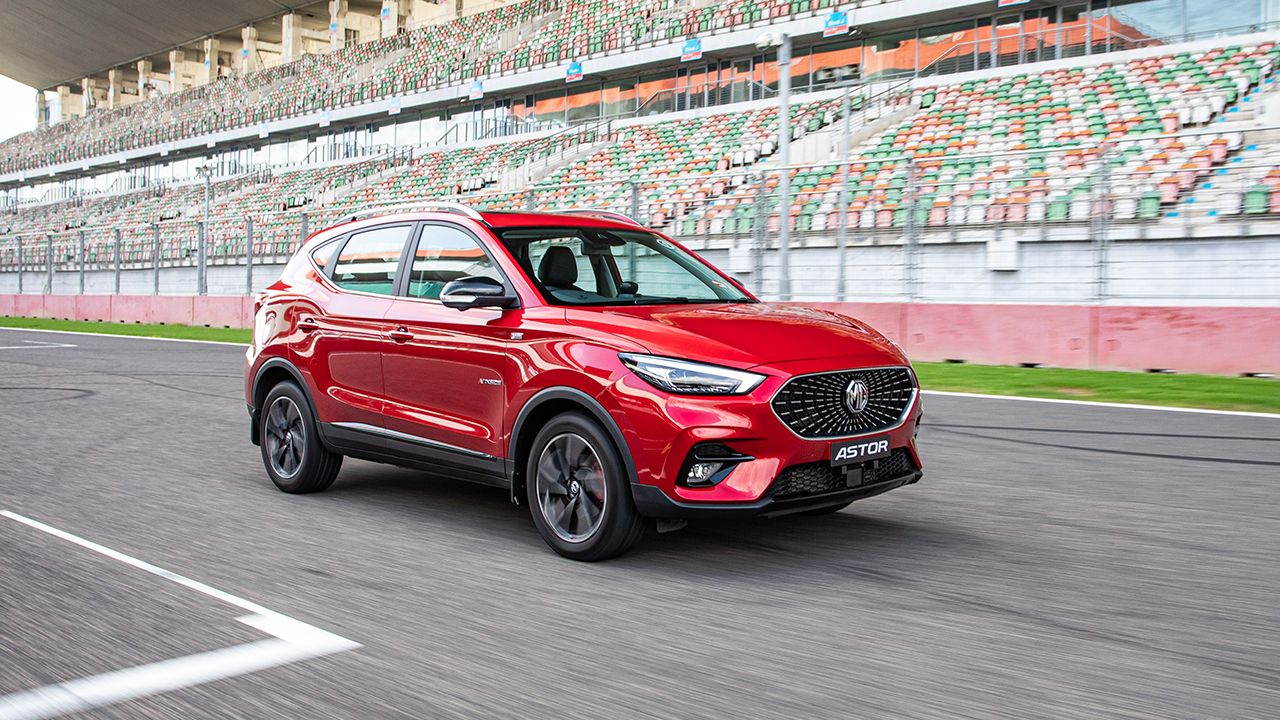
To come to a definite and objective conclusion, I would’ve liked to drive and experience the Astor for a longer duration. Having said that, from whatever little time I got to spend with the Astor, it’s a big thumb’s up from me! The Astor is without a doubt a very well-rounded product. The design is classy, the interior quality is segment-best, it’s stuffed with features, there’s ample space in the cabin, the ride quality is impressive, and it’s more car-like to drive. Barring some small niggles, it’s a complete package and one that’s ready to take the battle to the big boys of the segment.
Honestly speaking, it has the makings of a winner provided MG gets its pricing right. And from what we’ve come to expect from the brand, chances are that they won’t make a hash of this.
Like I said in the beginning, it’s the dark horse of the segment, and one that can surprise its opponents and audience alike.
Also read,
MG Astor: What all does it offer?
MG Astor: Better SUV than the Hyundai Creta & Kia Seltos? | Preview
Engine: 1,349cc / 3-Cylinder / Turbocharged
Fuel: Petrol
Transmission: 6-Speed Automatic / Front-Wheel Drive
Power: 138bhp @ 5,600rpm
Torque: 220Nm @ 3,600rpm
Price: ₹17.7 Lakh (Ex-Showroom)
X-Factor: Handsome design, high-quality interior, and an effortless drivetrain make the Astor a complete package.
|
Pros |
Cons
|
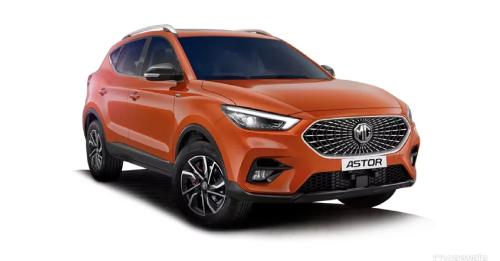
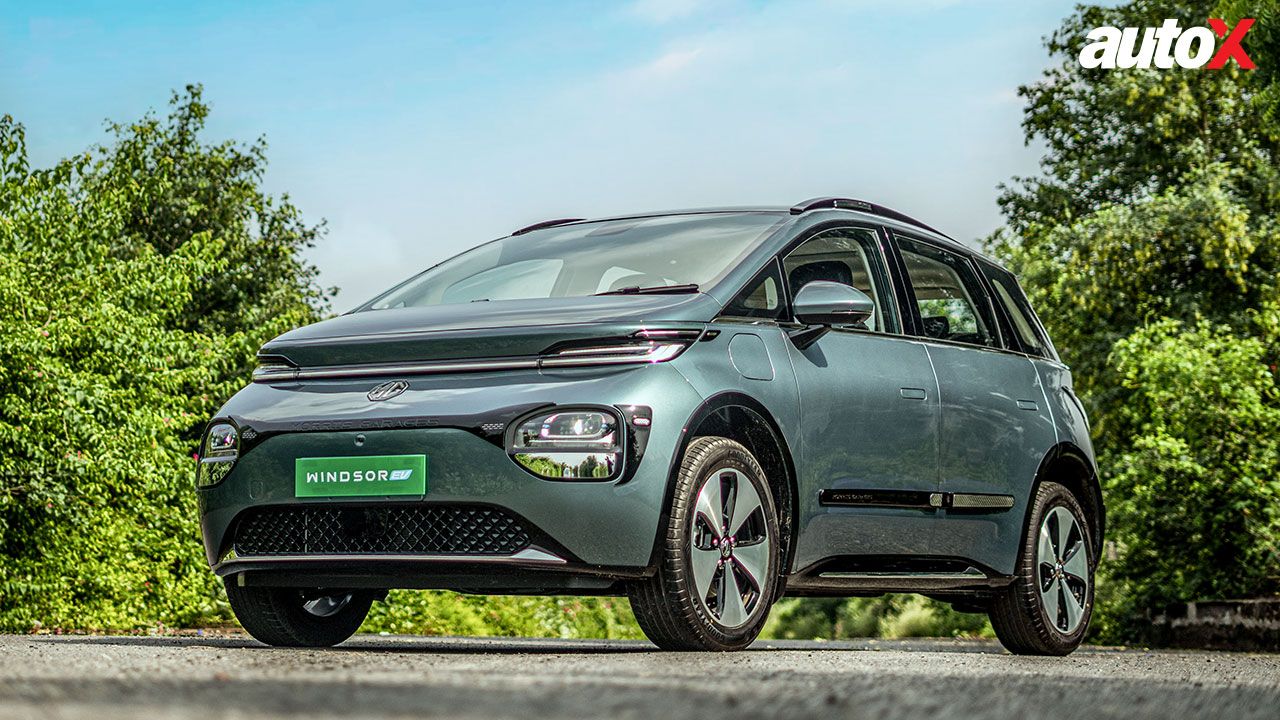
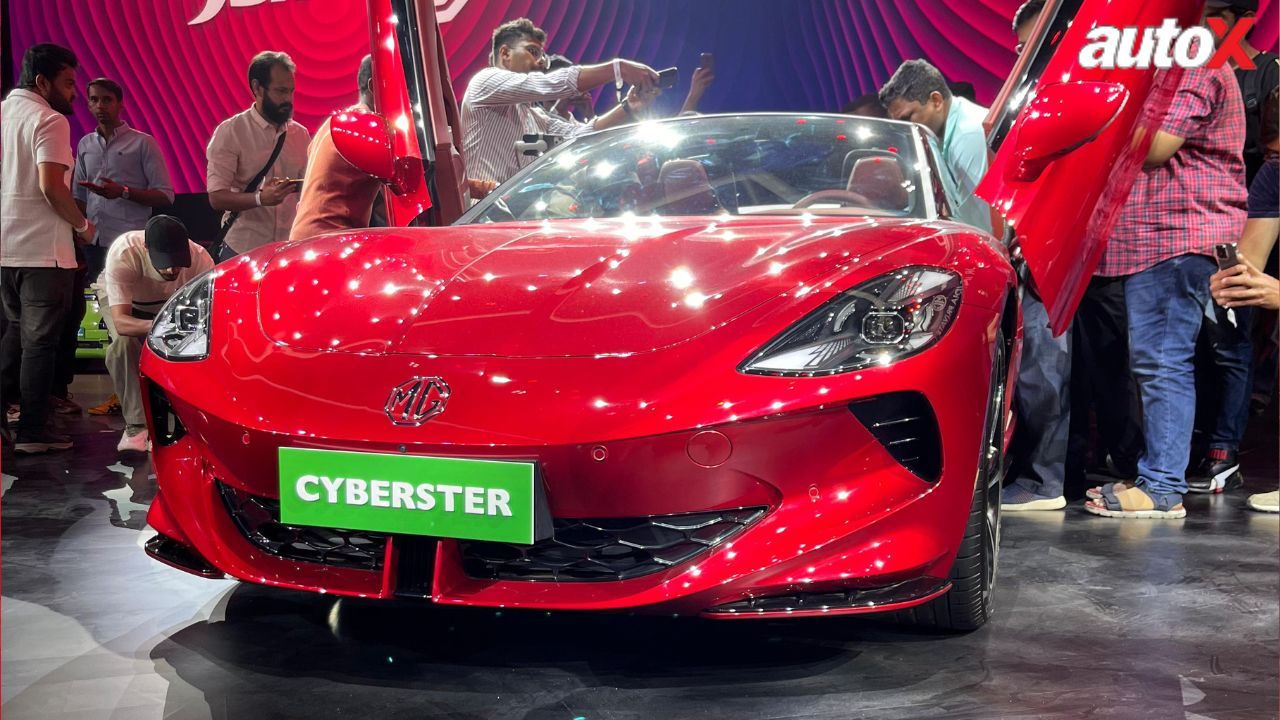

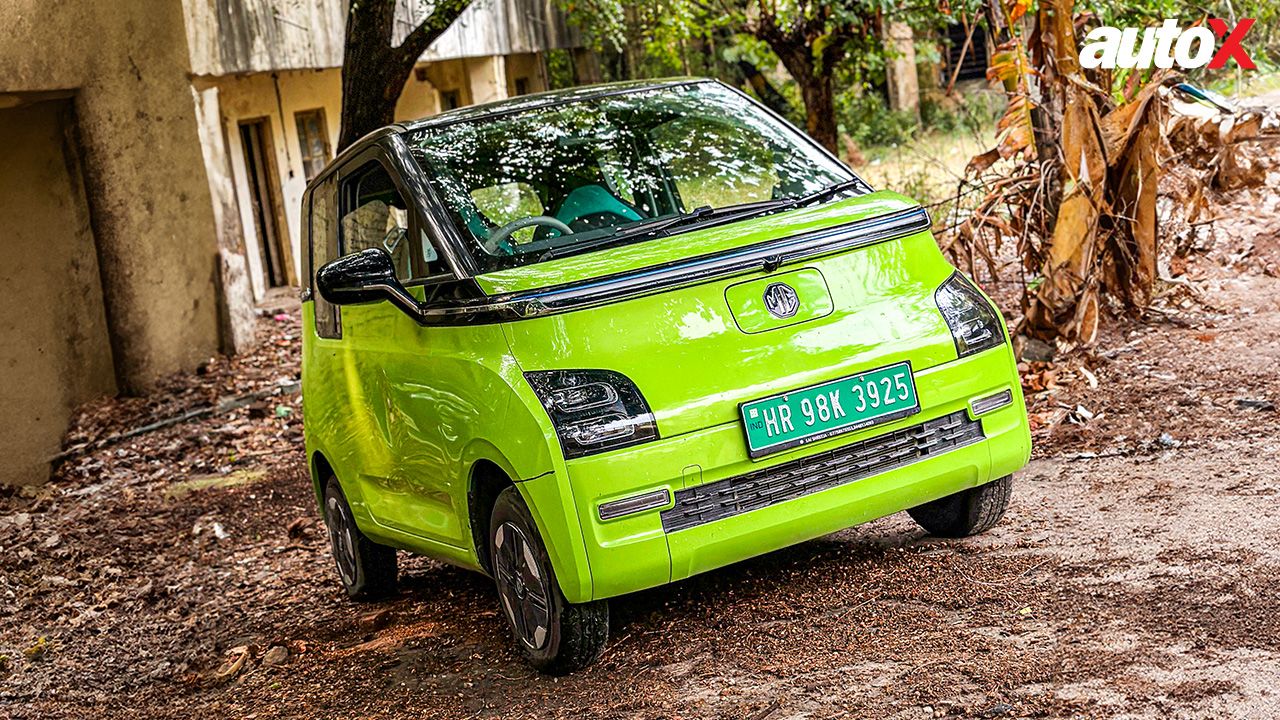
.webp)
-(1).webp)
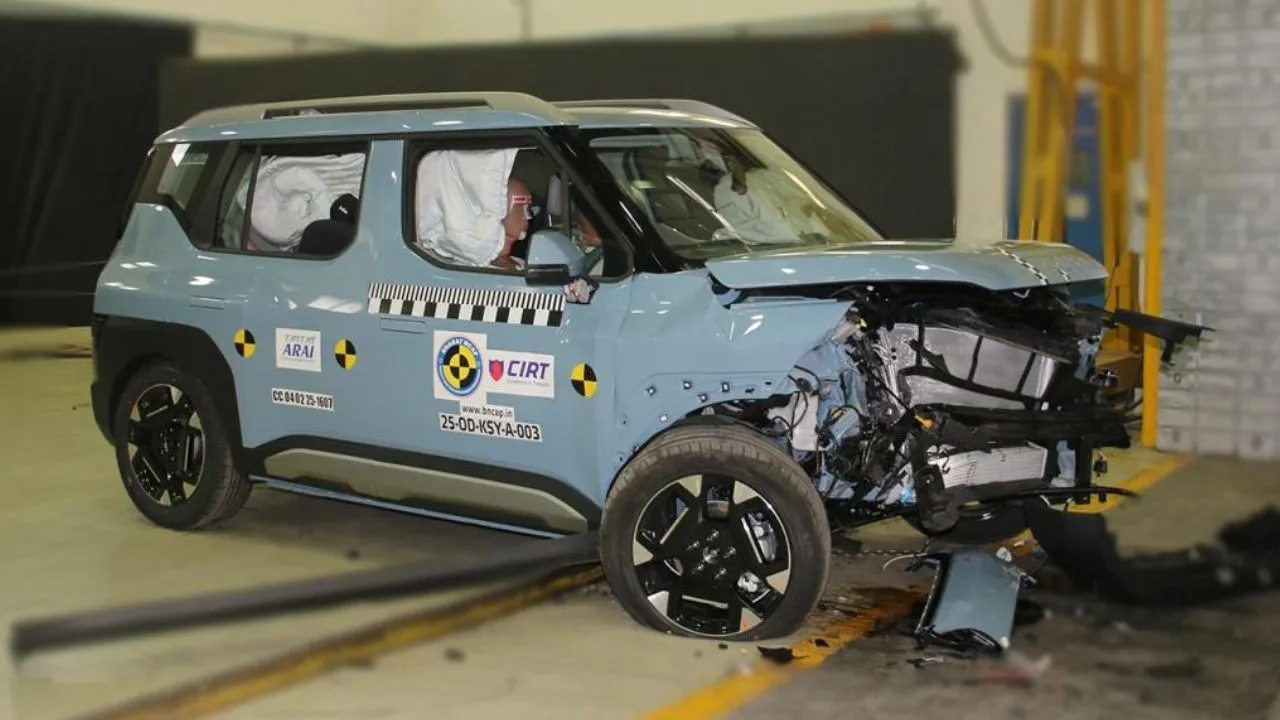
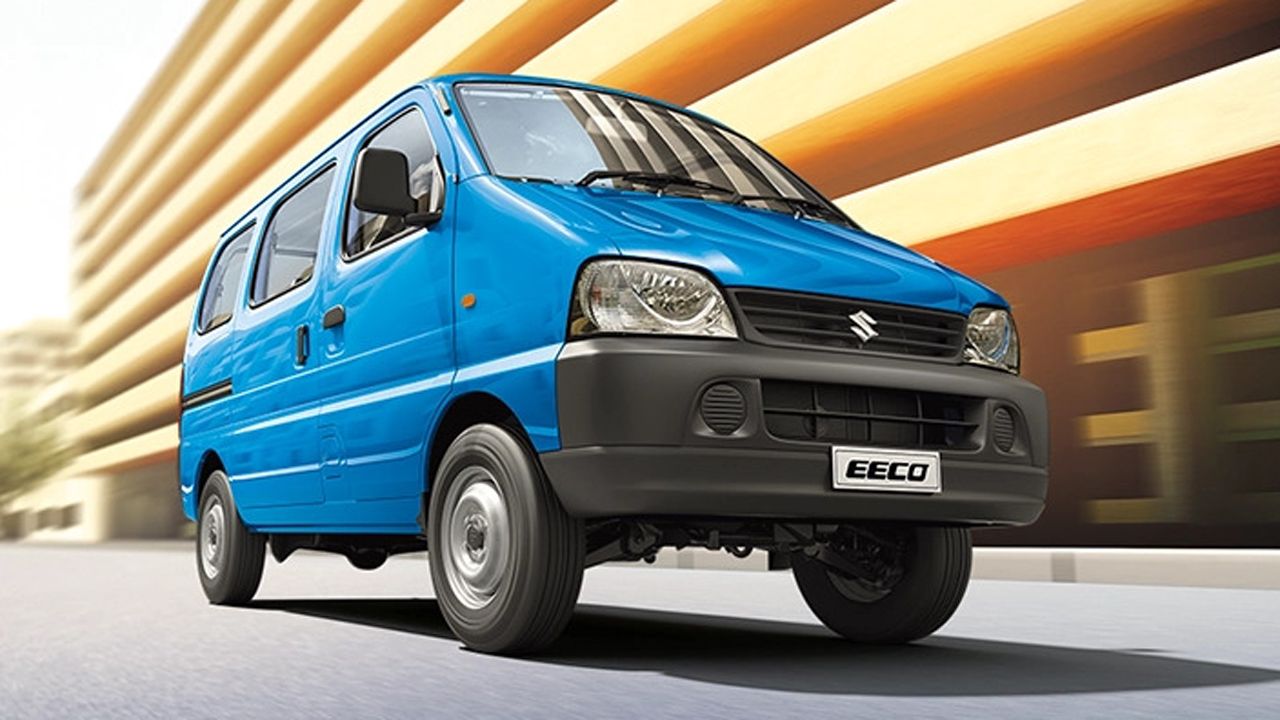
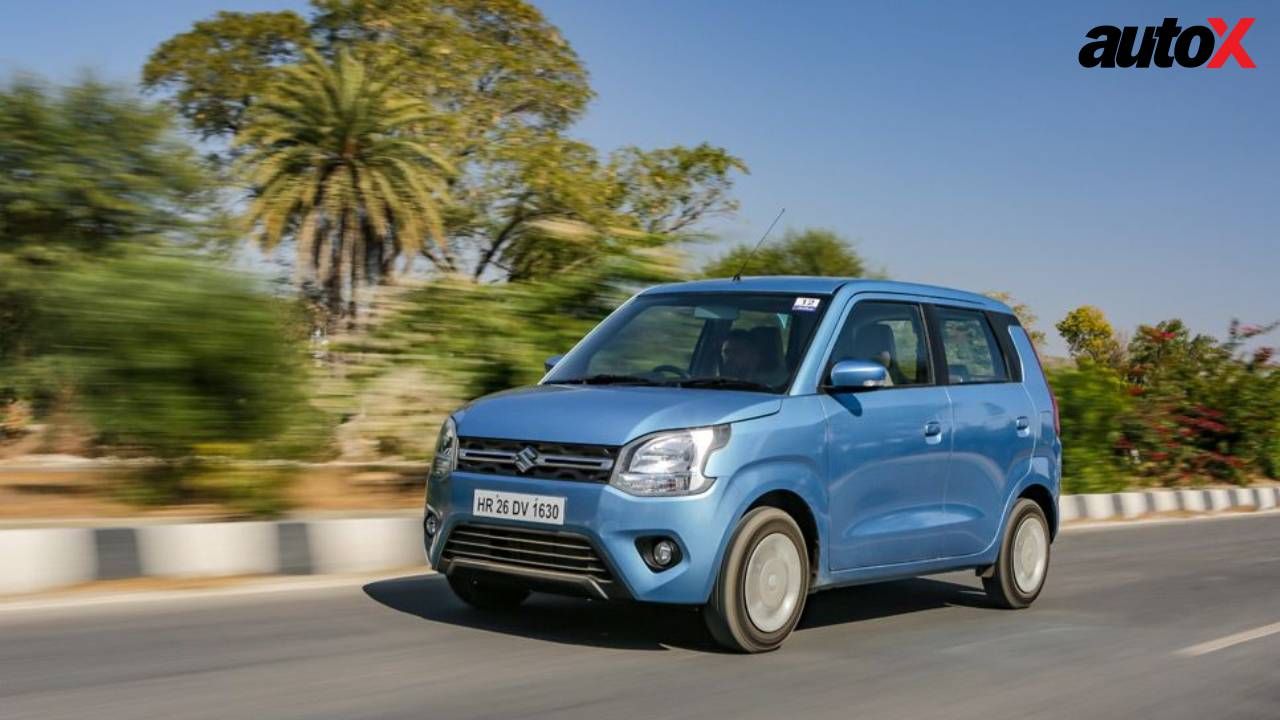
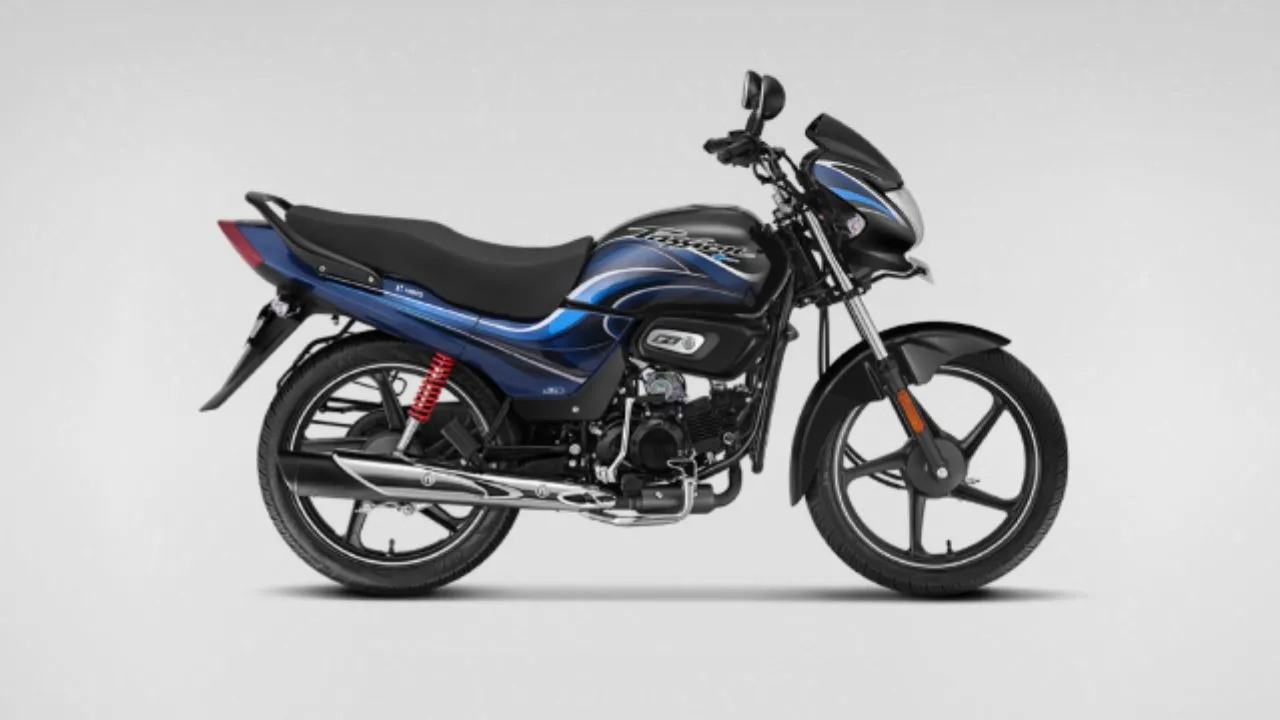


















Write your Comment on